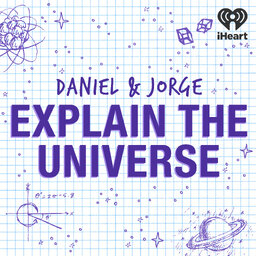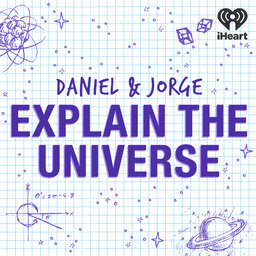How was radiation discovered?
X-rays, U-rays, and cosmic rays! Hear the story for how we came to understand that our world is filled with invisible dangers.
Learn more about your ad-choices at https://www.iheartpodcastnetwork.com
See omnystudio.com/listener for privacy information.
 Daniel and Jorge Explain the Universe
Daniel and Jorge Explain the Universe


